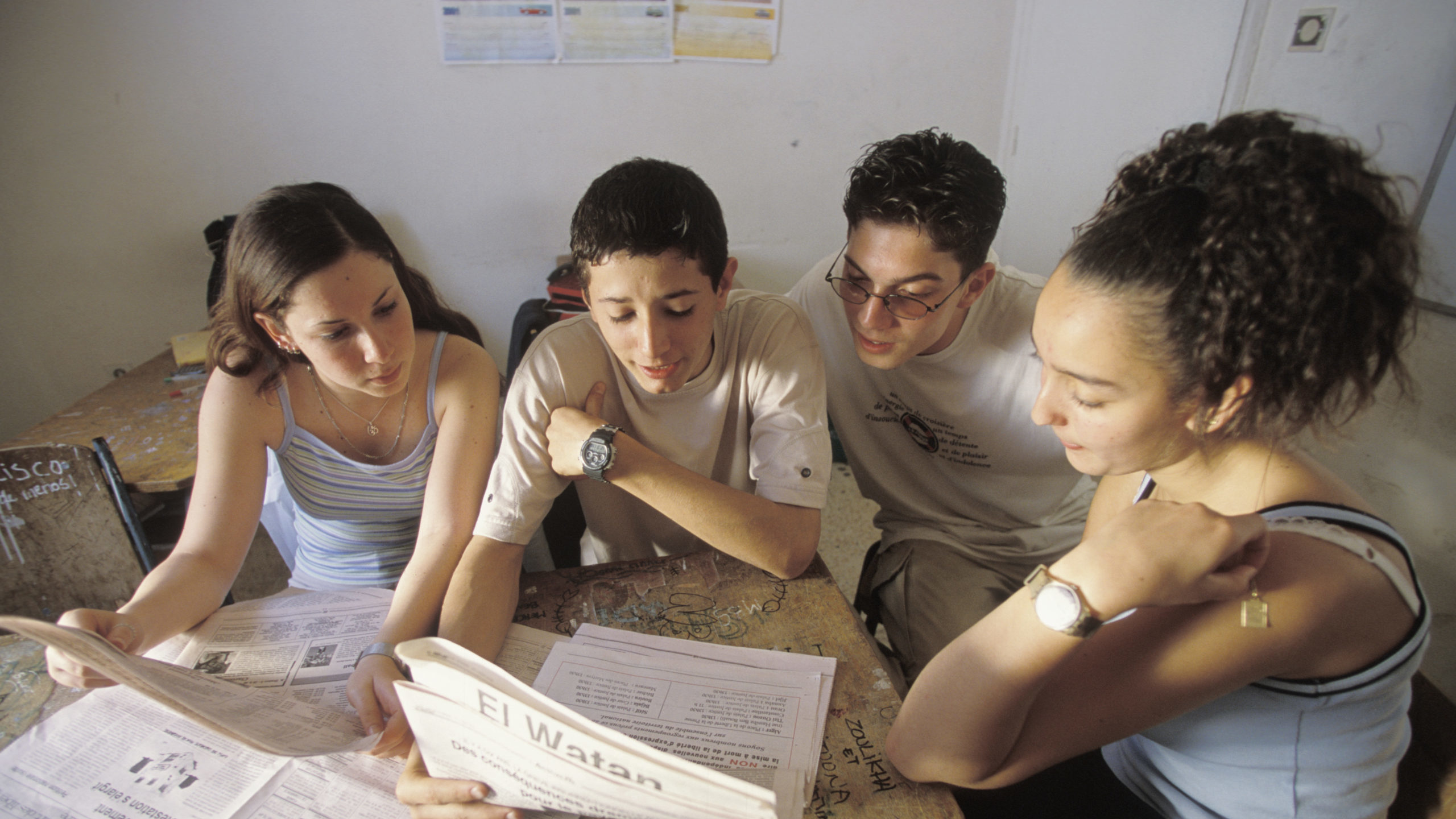resource
The United Nations Convention on the Rights of the Child (1989) marks the movement of children from the margins of development thinking to the centre of development concerns. The language of rights is significant. Not only does it stress the universality of children’s claims, but also it recognises children as active participants in the process of achieving them. To think in this way has meant a mini-revolution for many agencies that had always considered themselves child-centred. How much of a voice did children really have in them? Were their welfare approaches fostering dependency, or really promoting the children’s active development?
The story of Child Brigade is important for a number of reasons. First, amongst the many interventions aimed at street working children in Bangladesh, it is the only one in which children themselves are the central actors. This makes it an important case for reflection within the national child rights community. At the same time, the form Child Brigade has taken clearly bears the mark of its context, the exceptionally vibrant NGO community of Bangladesh. This means that it offers an interesting contrast to children’s organisations in other parts of the world. In particular, it is unusual in engaging a core group of street working children as the activists seeking to promote other children’s development.
The themes which emerge in Child Brigade’s story are of central importance to the broader child rights community, and indeed all those concerned with participatory development. They concern the difficulties facing poor people taking action against oppression, the complexity of poverty and the many faces of violence. They concern the delicacy of working at street level in slum communities; contradictions within and amongst the NGOs; the dilemmas of participation; the relations of children to adults; the obstacles in the way of making a living; the tensions of sustainability in an age-based organisation and the question of what happens next for the children who get involved.






